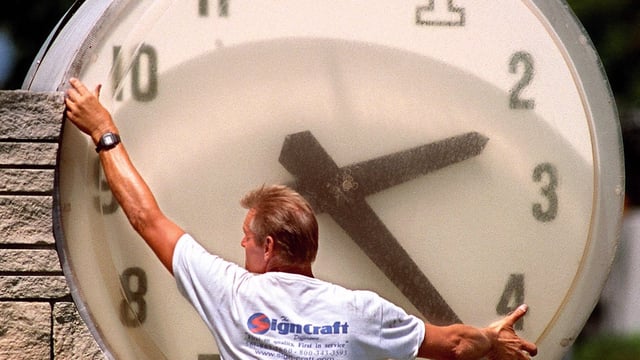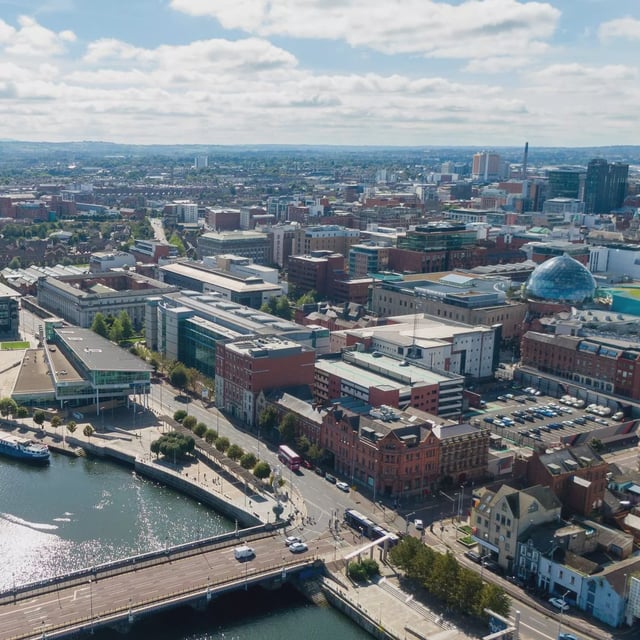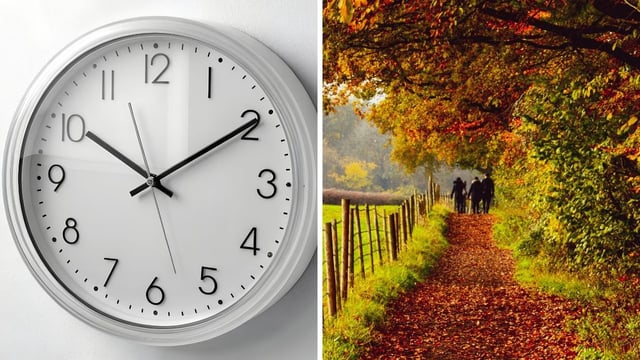Overview
- The change takes effect at 2 a.m. local time on Sunday, resetting clocks to 1 a.m. and bringing earlier sunrises with darker evenings.
- In Chicago, sunrise shifts from about 7:23 a.m./sunset 5:45 p.m. on Nov. 1 to roughly 6:25 a.m./4:43 p.m. after the switch, illustrating the one-hour move.
- Many states have passed measures to adopt permanent daylight saving time or standard time, but such changes require congressional approval and no federal bill has passed this year.
- Most phones and computers will update automatically, though car dashboards, ovens, watches, and wall clocks may need manual resets; Hawaii and most of Arizona do not change clocks.
- Northern Ireland moves clocks back on Sunday, Oct. 26 at 2 a.m., and the European Union’s plan to end seasonal clock changes has stalled.



